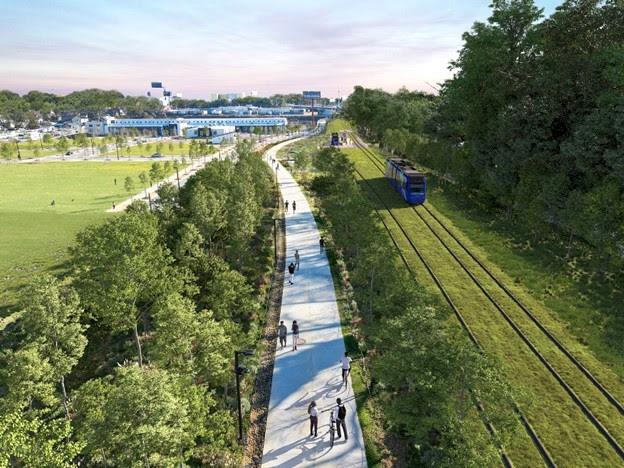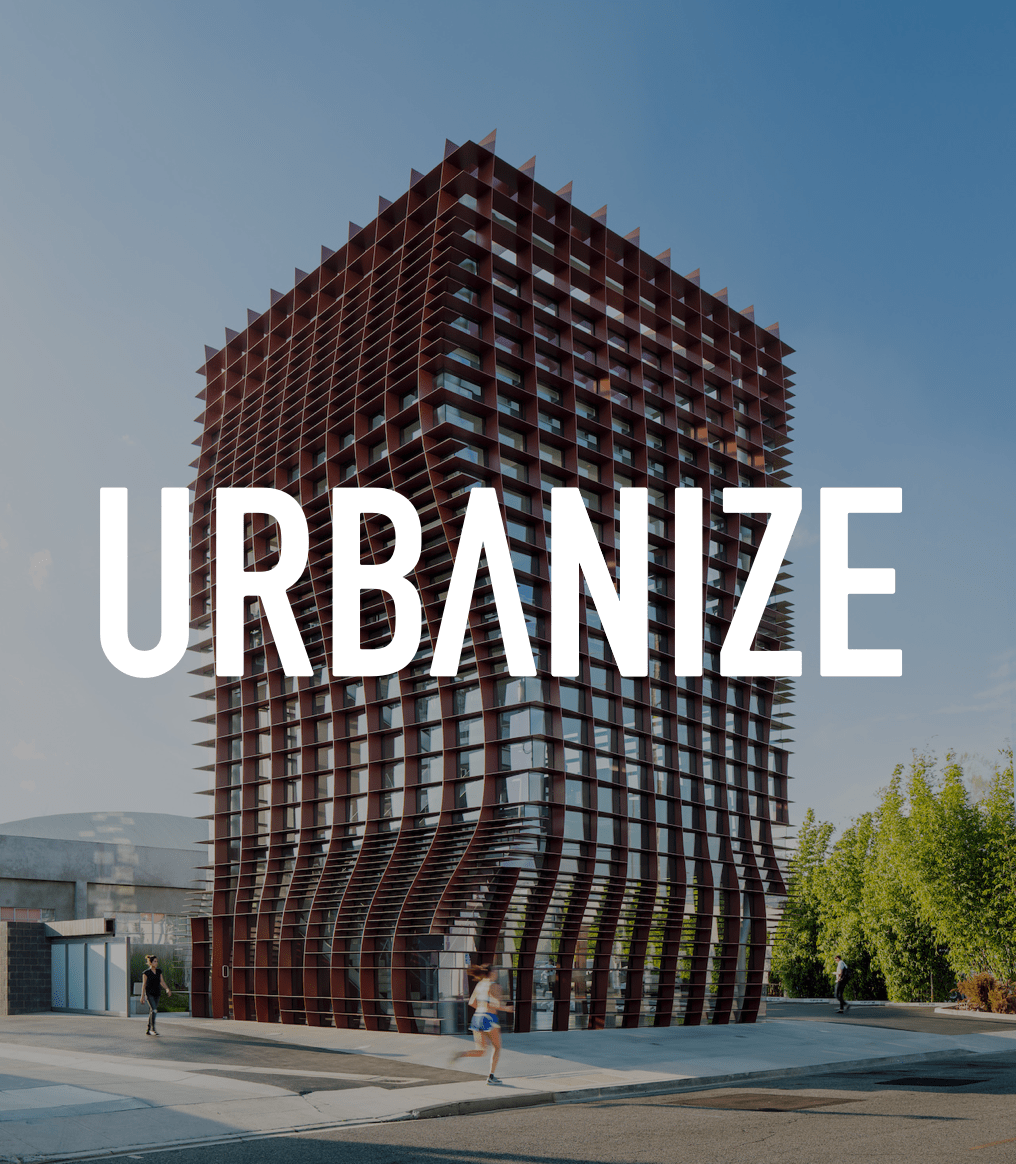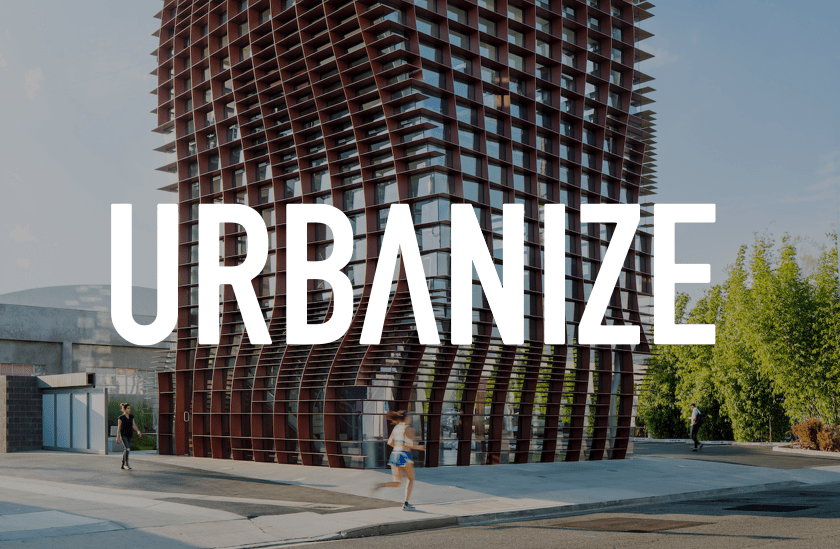It’s been an eventful week for grand plans designed to help everyday Atlantans get a leg up. But a coalition calling for more accessibility around the city isn’t satisfied.
First, Atlanta Beltline Inc. officials last week announced a new initiative called the Local Developer Incentive Fund. It gives developers until Oct. 24 to apply for grants—worth between $150,000 and $500,000—if they agree to offer a share of commercial spaces to small businesses at rents below market rate, for at least a decade. Clyde Higgs, Beltline president and CEO, called the incentive tactic “a pivotal moment in the Beltline’s evolution.”
That news was followed this week by a city-backed strategy called the Neighborhood Reinvestment Initiative designed to distribute resources on a large scale, particularly to underserved communities.
As outlined by Atlanta Mayor Andre Dickens, the initiative has pinpointed $5.1 billion worth of potential investments through Tax Allocation Districts that could be channeled to south and west Atlanta communities “that have been left behind due to decades of neglect,” per a city announcement.
TADs are proceeds from future increases in property tax revenues collected, in this case, by the city, Fulton County, and Atlanta Public Schools system. All are set to expire over the next five to 13 years. Dickens’ plan calls for extending them beyond 2050.
Doing so, according to city officials, would generate:
- $1.9 billion for expanded transit networks;
- $1.5 billion in trails and greenspace;
- $1.3 billion in affordable housing projects (both single and multi-family);
- $170 million in health centers, recreation, and grocery;
- $88 million for small business and commercial development;
- $81 million in public infrastructure.
Specific areas pinpointed by the TAD initiative include Perry Bolton, Hollowell/MLK, Eastside, Westside, Stadium, Campbellton, Metropolitan, and Beltline TADs, per the city.
“We will build parks, trails, and greenspaces. We’re going to increase access to transit. We’re going to make sure that we have enough high quality and reliable infrastructure,” Courtney English, City of Atlanta Chief of Staff and the initiative’s spearhead, said in an announcement. “We’re going to build affordable housing, grocery stores, and childhood education centers in these specific neighborhoods.”
Now, in response to Dickens’ plan, transit advocacy group Beltline Rail Now issued a letter today demanding that investment in specific areas of Atlanta also include rail access. Otherwise, argues the pro-transit coalition, the injection of investment dollars runs the risk of displacing the very Atlantans it’s meant to uplift.
The BRN letter provided to Urbanize Atlanta is titled “Atlanta Needs Full Connection, Build the Full Beltline Rail Now.”
It reads, in full:
“The mayor is right: Atlanta can fix Atlanta. So why do our leaders keep pretending we must choose between our neighborhoods? Why do they keep asking Southeast Atlanta to wait in line while the Eastside moves ahead? That is not strategy; it is surrender.
We reject the politics of “or.” We demand the promise of “and.”
We demand a city where no parent needs a car to reach a job, a clinic, or a classroom. We demand a city where Beltline Rail serves every quadrant—east, south, west, and north—because connectivity that stops at Interstate 20 is not connectivity at all.
Dickens’ newly unveiled $5.1 billion Neighborhood Reinvestment Initiative is the largest community investment in Atlanta’s history, explicitly targeting south and west Atlanta for jobs, youth programs, and affordable housing. Light rail that actually connects those neighborhoods to the rest of the loop is the mobility backbone this plan lacks. Without it, reinvestment risks becoming displacement.
Therefore:
- Fund the fully engineered, shovel-ready Eastside [streetcar] extension this year;
- Commission final design and environmental work on the Southside Beltline segment this month—paid for with the same Tax Allocation District extension the mayor is already proposing;
- Commit—in writing and in the next budget—to the entire 22-mile loop, not another pilot, not another study, not another stall.
Where the Atlanta Streetcar would branch off its current loop along Edgewood Avenue, per plans revealed in 2022. Kimley-Horn/MARTA 2040; via Vimeo
Eight years is already too long for the Southside to wait; every day we hesitate adds more delay. Atlanta’s traffic, asthma rates, and opportunity gaps will not pause for more task forces.
Build it all. Connect Atlanta. No more excuses.”
...
Follow us on social media:
Twitter / Facebook/and now: Instagram
• Atlanta gentrification tale wins Hollywood, New York book festivals (Urbanize Atlanta)







